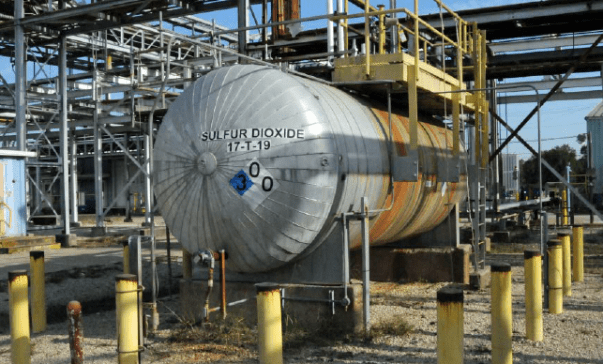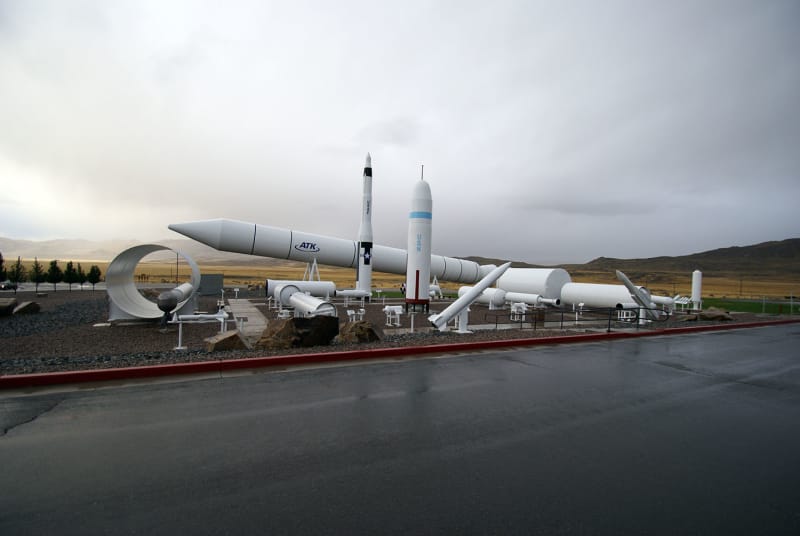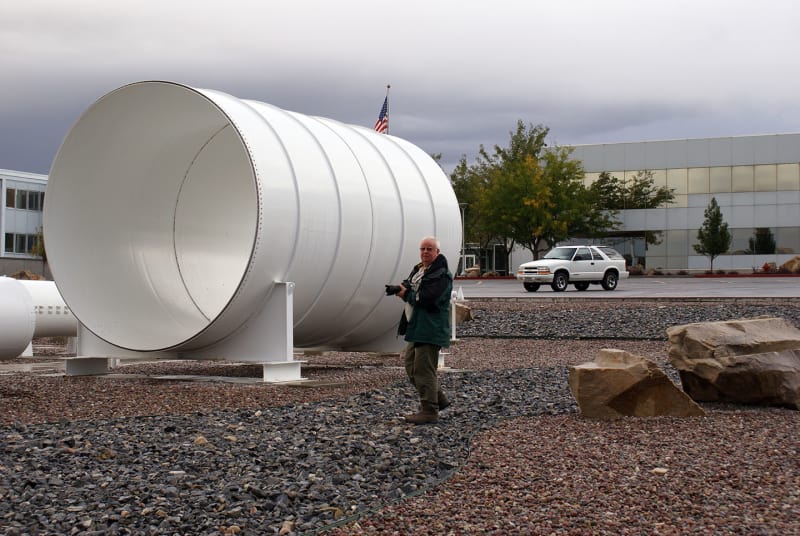-
1
- #1
Latexman
Chemical
- Sep 24, 2003
- 6,944
The original thread on ET is here:
thread815-429507
U.S. Chemical Safety Board's webpage on the Arkema Crosby Incident and it's final report is here:
Arkema Crosby Incident
Good luck,
Latexman
To a ChE, the glass is always full - 1/2 air and 1/2 water.
thread815-429507
U.S. Chemical Safety Board's webpage on the Arkema Crosby Incident and it's final report is here:
Arkema Crosby Incident
Good luck,
Latexman
To a ChE, the glass is always full - 1/2 air and 1/2 water.






